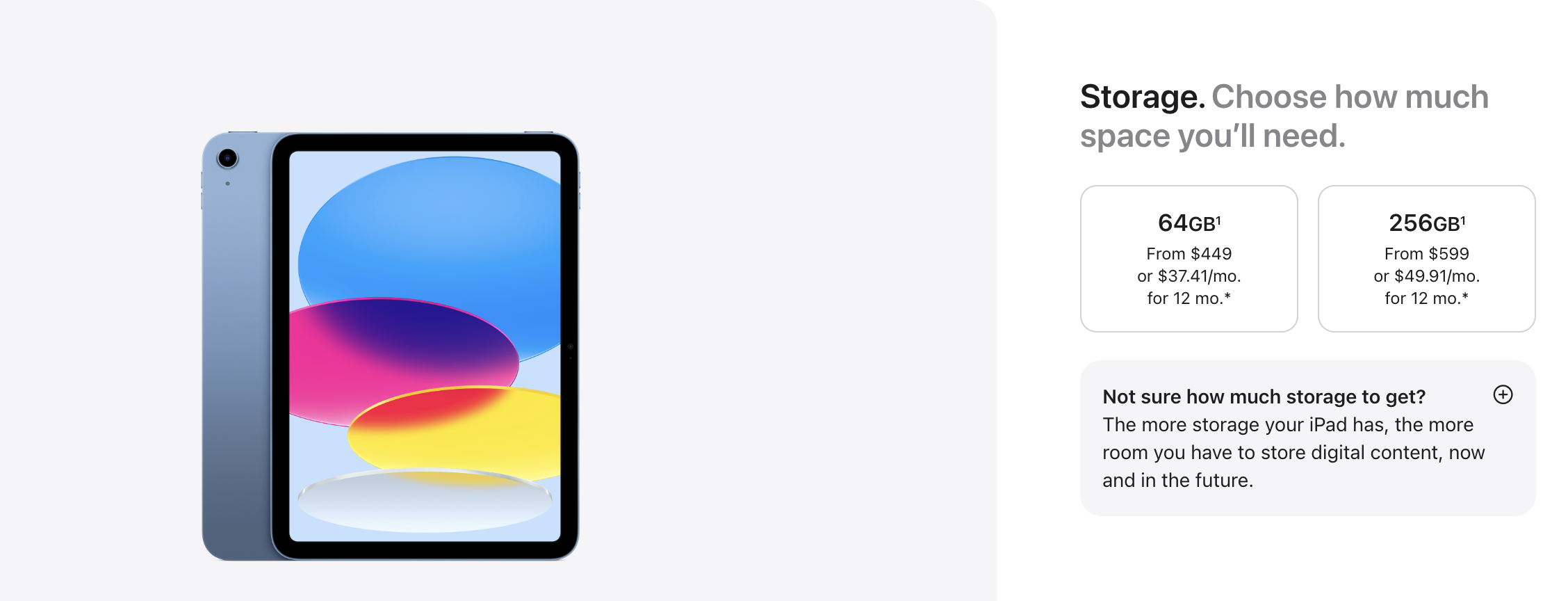Selling the higher priced product
In this week’s newsletter I’m going to share a couple of strategies that I use to sell against lower priced products or services.
Throughout my sales career I have always worked for the company selling at the higher price point - whether it was anti-virus or Salesforce consulting.
And I can definitely say, I would rather be selling the more expensive offering than the cheaper option.
(I can’t imagine having to say the words “you should choose us because we are cheaper")
Remember, there will always be someone offering something cheaper - they could just do nothing.
Have confidence in your product
Typically a product that costs more does more.
A $50,000 car will have more buttons and will go faster than a $10,000 car.
At the anti-virus company we offered a 100% guarantee against viruses when no-one else did.
Typically a higher priced product also comes not just with more features, but the confidence and cachet of a premium brand.
In the 1980s the unattributable phrase “No-one ever got fired for buying IBM” appeared. Their solution might be have been more expensive - but the person that chose them was safe that they’d chosen a reputable partner.
IBM then, or Apple or Audi today aren’t trying to compete on price.
They have confidence in their product.
Note: be careful not to use bad analogies - “We are the Rolls-Royce option.”
Unless you have the unlikely situation where your customer actually drives a Rolls-Royce, they will think “Well I don’t need that”
Focus on the value to the customer
Companies buy things to make more money, or to save themselves money.
And not tens or hundreds of dollars - they buy things to make significant changes in the direction of their business.
Depending on their margins, they might need to sell tens or hundreds of dollars worth of their own product to cover the cost of one dollar of your product - so the impact needs to be significant.
As you get into a buying process it can be easy for the customer (and yourself) to focus on the cost of your product, instead of the reason why they are buying it and the value they will get from it.
Work with your customer to agree realistic assumptions around the value your solution will provide and the commitment and experience you have to deliver that value.
Give them options
If you give your customer just one option, then they have to decide between you and the competitor (or doing nothing).
But if you give them two or three options, the decision flips to which option is the best for their business.
Think about this typical pricing page ranging from very expensive to lower cost, with a not-so subtle hint about the best option in the middle.
(Note in this example Apple start with the higher priced product which anchors you to $799, then every other option seems a better deal!)
Consider what you are wanting your customer to buy,
then create an option where you take out value at a lower price point
then create an option where you add in more value at a higher price point
I’ve been surprised at how often the higher price point becomes a real contender.
Give them levers
When customers have no control it becomes an easy yes or no.
But when you give them options they become involved in the process.
Continuing the iPad example, you have choices about how much storage you want, and whether you want cellular or not.
You feel like you have control and can build the solution around your own needs and budget.
I use a slide like the one below to give my customers options - contract lengths, who does the training, whether ongoing support is provided.
When I share a proposal on a call, I immediately explain the options that the customer has and how they can impact the overall proposal.
In my experience - having confidence, focusing on the value, giving options and explaining the levers to your customer has completely diffused “you are too expensive” scenario.
Instead you and your customer work through what is the most appropriate solution for their situation.
How do you handle being the more expensive provider?
So there we have it - my strategies for selling a higher priced product,
See you next week.
Whenever you are ready, there are three ways that I can help you:
Get How To Sell Tech as a paperback, hardback, Kindle or audiobook for a deep dive on how to hit your target in your first sales role.
Subscribe to Research Hub where we publish up to date industry and enterprise account analysis to help accelerate your research and personalise your outreach.
CxO Advisory where I help senior leaders with strategic challenges holding back their sales engine.




